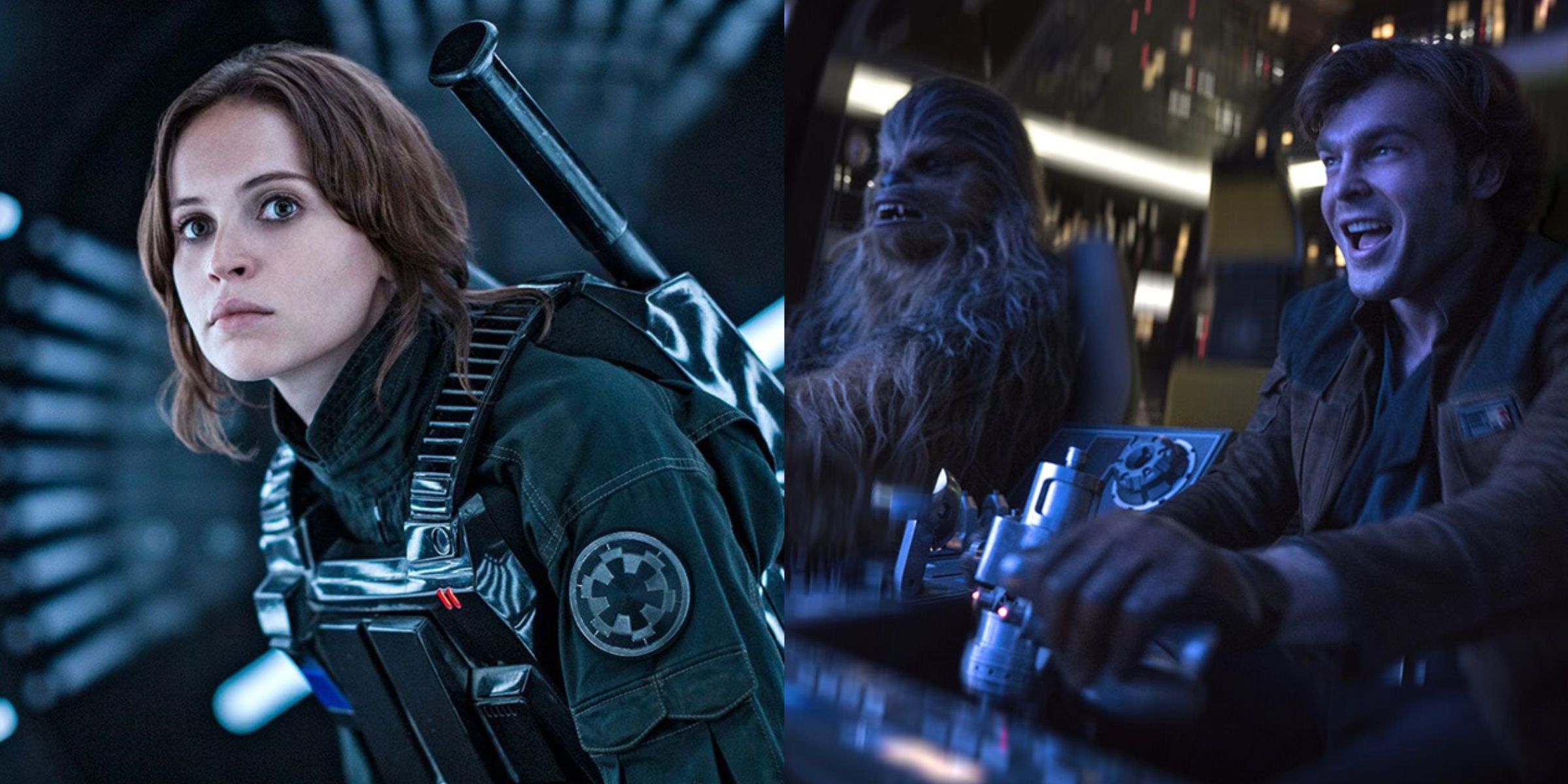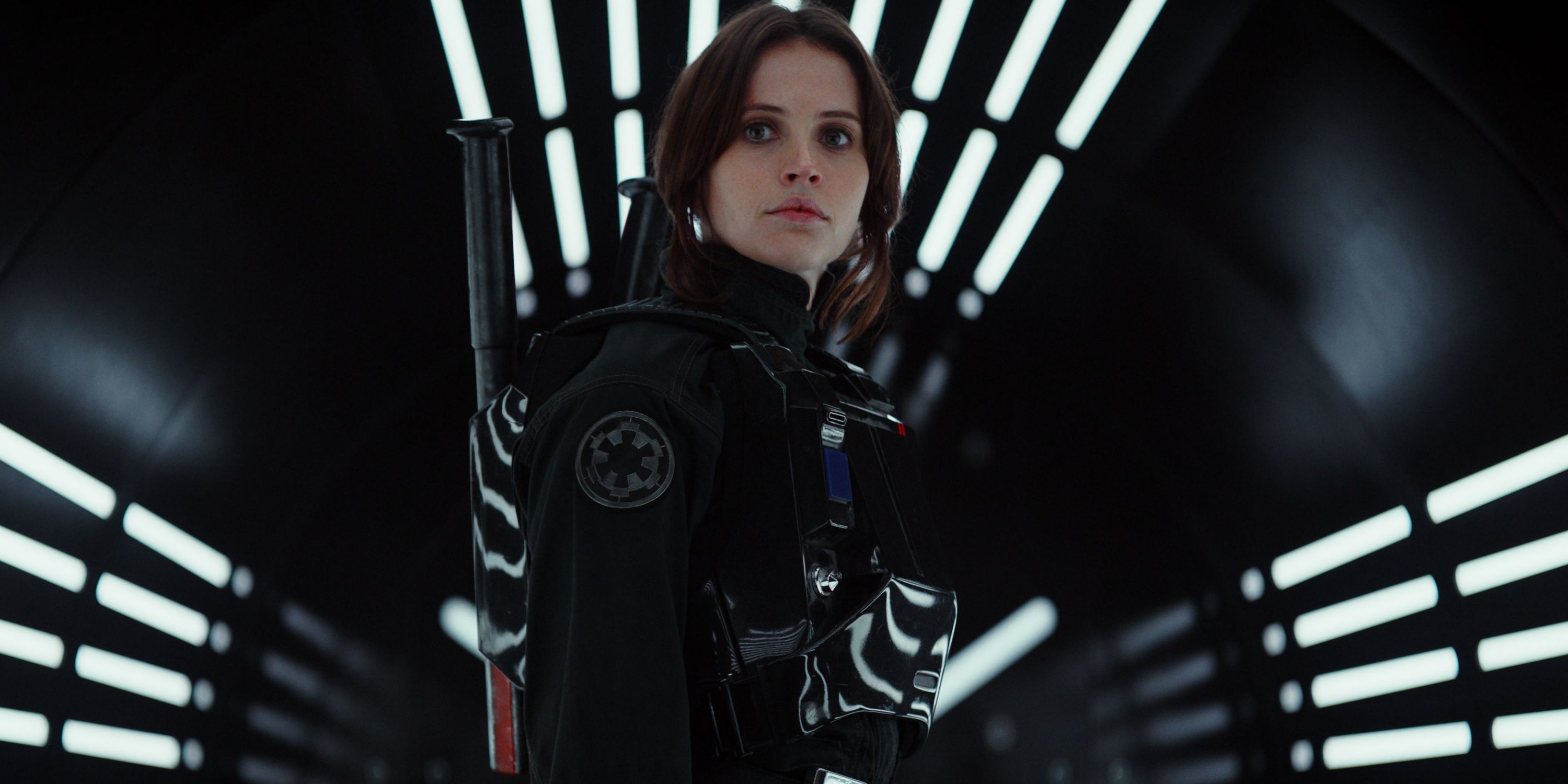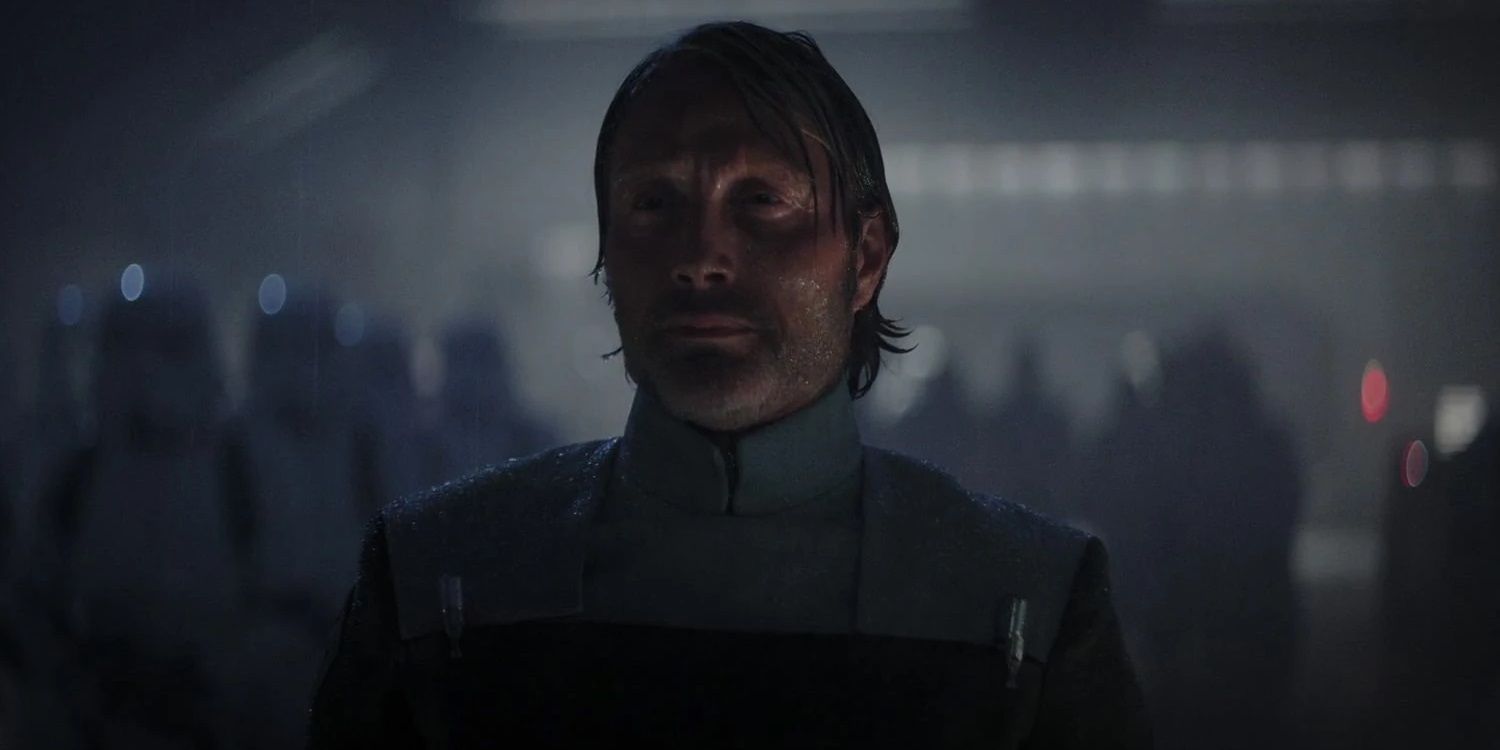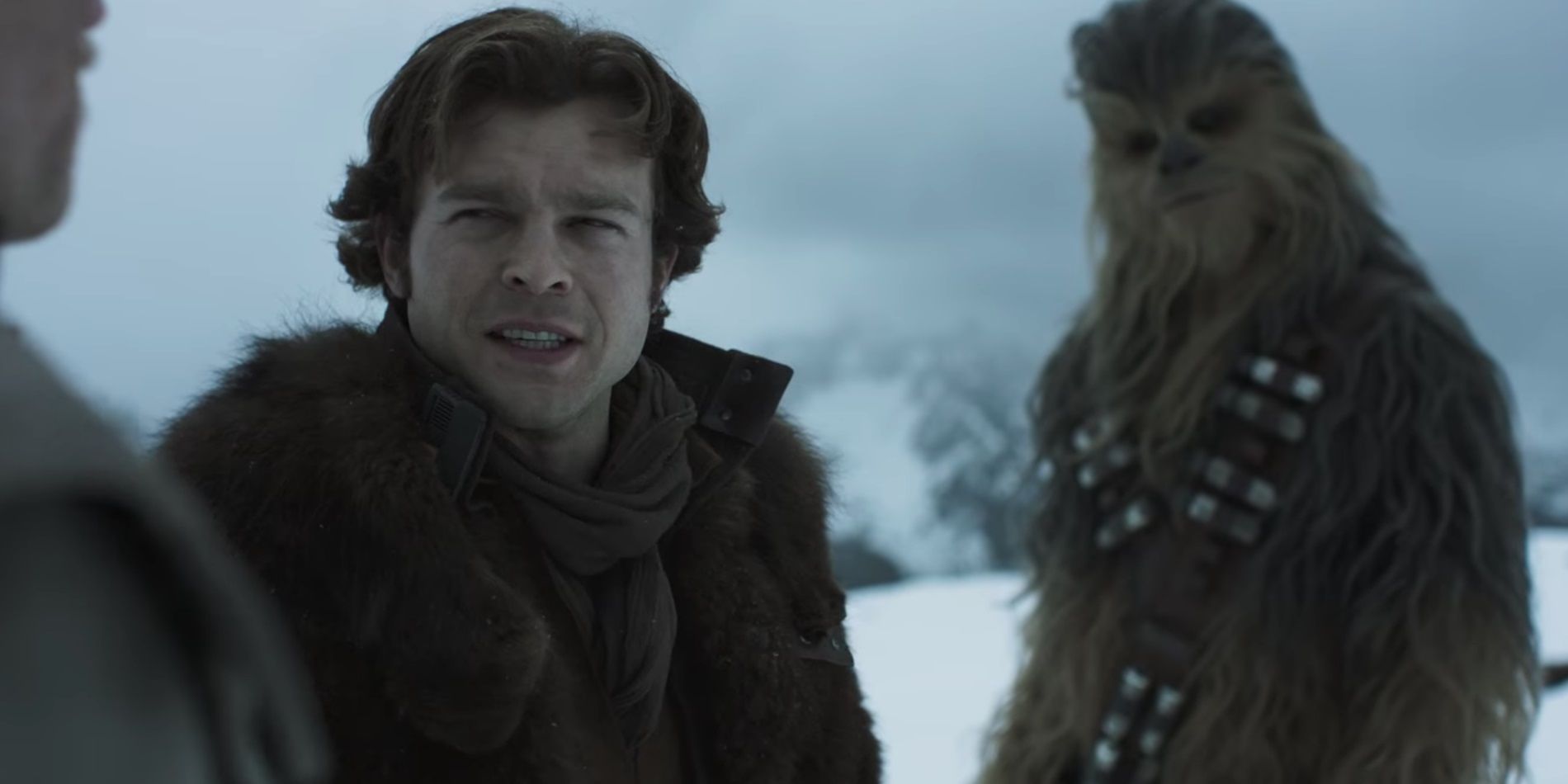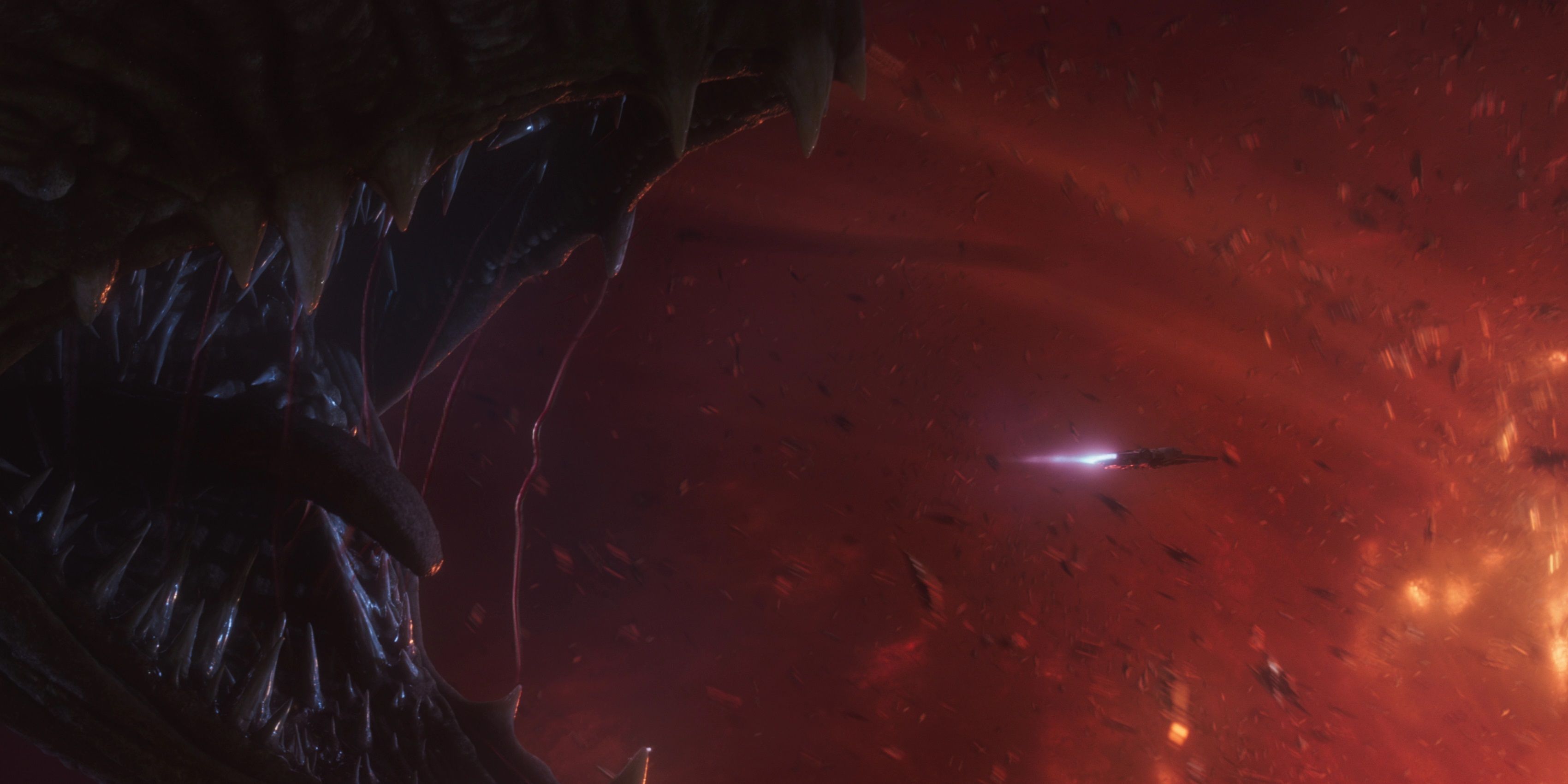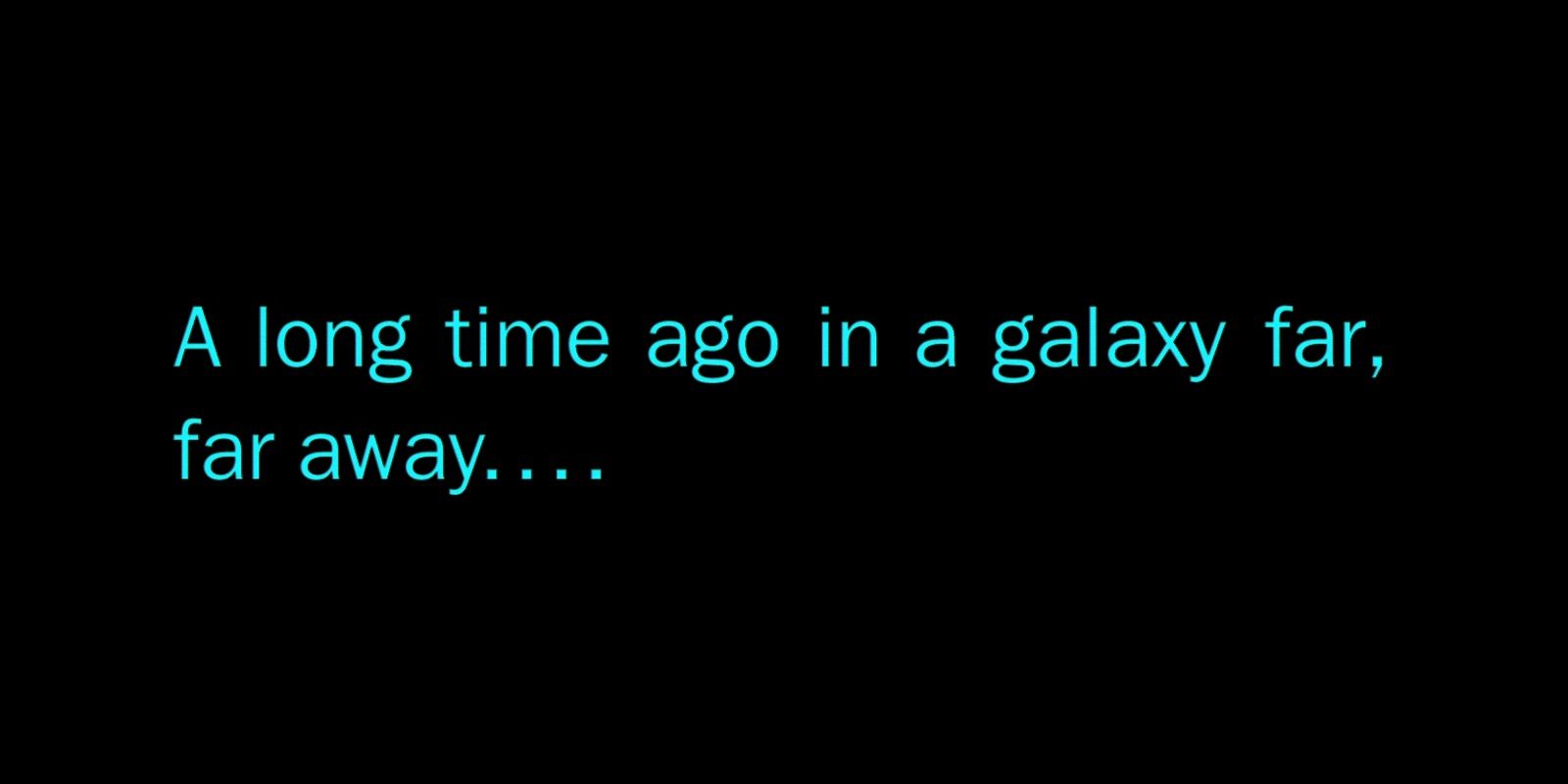When Disney acquired Lucasfilm back in 2012, the Mouse House made the first announcement any studio would if they’d just bought the rights to the Star Wars saga: a sequel trilogy consisting of Episodes VII, VIII, and IX would hit theaters over the following few years. But Disney didn’t stop there. In the two-year gaps between sequel movies, they would also release Star Wars spin-offs – dubbed “Anthology” movies – telling smaller-scale stories from across the galaxy.
These “Anthology” movies opened up endless possibilities. Lucasfilm could go back 1,000 years before the prequel era and show the Jedi at the height of their powers, or set a Blade Runner-esque tech-noir on the neon-drenched streets of Coruscant, or explore the dark origin story of Darth Plagueis.
Unfortunately, Lucasfilm didn’t use its new-fangled resources to tell new stories or discover new worlds. Instead, its first two “Anthology” movies – the second of which became Star Wars’ first ever box office bomb, putting an indefinite end to the spin-offs – existed purely to patch up plot holes from George Lucas’ original 1977 masterpiece.
Rogue One Explains The Death Star’s Weaknesses
Lucasfilm’s first Star Wars “Anthology” movie, Rogue One, started off with a terrific premise. Thanks to the opening text crawl, the original 1977 movie skips over how the Rebels managed to steal the Death Star plans from the Empire. Rogue One took this missing piece of the puzzle and turned it into an intergalactic heist movie.
But they couldn’t just tell a grounded story about Rebel spies extracting vital information. Rogue One cobbles together an unnecessary backstory involving the hero’s father, Galen Erso, being abducted by the Empire and forced to design the Death Star for them.
When Luke blows up the Death Star in the original Star Wars movie, he sends two torpedoes down a thermal exhaust port and into the station’s core, destroying it. Fans have always wondered why the Death Star would be designed with such an exposed weakness – there’s a great gag about it in Family Guy’s “Blue Harvest” parody – and Rogue One’s backstory is a roundabout way to explain why.
After being forced to design the Death Star, Erso snuck in a vulnerability as an act of architectural sabotage to help the Rebels blow it up. This needlessly convoluted subplot distracts from what could’ve been a fun little heist movie, and ultimately, no one really cares that the Death Star was built with a glaring weakness. It doesn’t make Star Wars any less of a perfect movie.
Solo Explains The “Parsec” Line
After Rogue One raced past the billion-dollar benchmark, the second “Anthology” movie became the Star Wars franchise’s first box office bomb. It seemed unprecedented that a Star Wars movie could disappoint financially, but Solo was plagued with problems from the beginning.
Disney had released four Star Wars movies in three years, so fatigue was setting in, and the polarized response to The Last Jedi (which was released just a few months earlier) didn’t help. Solo’s original directors were fired for skewing too comedic and, as a result, the final product struggled to strike a consistent tone. And to top it all off, Disney barely marketed the movie.
Alden Ehrenreich gives a fine performance as a young Han Solo, embodying the ice-cool space pirate who flies by the seat of his pants as opposed to shallowly mimicking Harrison Ford, but one of the biggest reasons why Solo failed is simply that audiences didn’t feel Han needed an origin story. He already had a hero’s journey in the original trilogy, and Solo acted as more of an origin story for his stuff: his ship, his dice, his jacket.
The movie also provides an origin story for Han’s brag that the Falcon is “the ship that made the Kessel run in less than 12 parsecs.” This line has always been mildly controversial, because it implies that the Falcon made the Kessel run faster than most ships can, but “parsec” is a unit of distance, not time. This could’ve just been dismissed by the fact that the story takes place in a fictional distant galaxy with its own laws of physics.
But Solo dedicates its entire climactic set-piece to explaining how making the Kessel run within a certain distance is still something to brag about. When Han attempts to make the Kessel run in the Falcon, he’s pursued by Imperial Star Destroyers and deviates his route through a monster-infested cosmic cloud. So, he made the Kessel run in “less than 12 parsecs” because he took a shortcut.
Lucasfilm Needs To Look At The Bigger Picture
Lucasfilm’s singular focus on nostalgia for the original Star Wars movie (not even the whole trilogy, just the first movie) is hurting the franchise. Rogue One and Solo are both worthwhile intergalactic adventures, but by hinging on plot points from a familiar classic, they view a galaxy far, far away through a tiny pinhole.
The “Anthology” movies represent a bright future for the Star Wars franchise. Spin-offs about non-Skywalker-related Star Wars heroes have the potential to explore uncharted planets, untold stories, and unseen eras from the galaxy’s political timeline. But the creative powers need to take Kylo Ren’s advice and let the past go. They’ve inherited one of the richest, vastest, most interesting fictional universes ever created – there are centuries of history between the Jedi and the Sith that still have yet to be depicted on-screen – yet this new age of Star Wars remains fixated on the Imperial era.
Based on Lucasfilm’s upcoming slate of Star Wars content, the studio is leaving behind Rogue One and Solo’s obsession with the original movie and venturing into more uncharted territories. The Acolyte will take place in the late High Republic era, Andor could be the grounded Rebel spy thriller that Rogue One promised to be, and Obi-Wan Kenobi is set during the Empire’s rise when Darth Vader was hunting down surviving Jedi.

